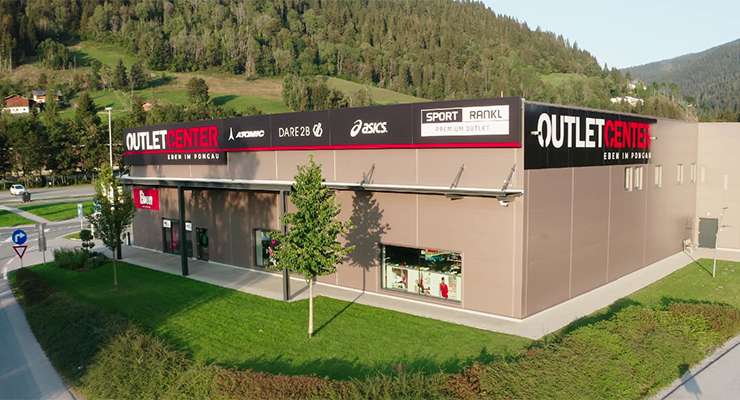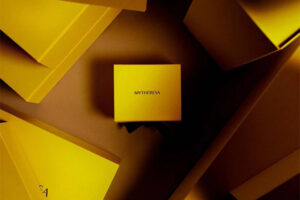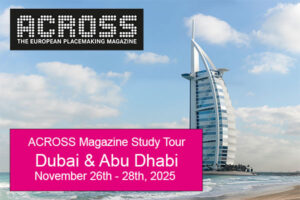ACROSS: What do you think will be the most critical developments in the outlet industry in 2024?
MICHAEL LUNGKOFLER: Economic output in Central Europe will only grow minimally – if at all. We also continue to see restrained expansion in the outlet sector, with only a few brands expanding rapidly. Some of these brands have closed many of its own full price stores recently and are using the outlet sales channel to sell off surplus stock. The brand and outlet center operators are mostly striving to consolidate the portfolio, focus on merchandise and personnel management, and maintain and, in the best case, improve performance with process and quality management.
Overall, investment in new projects is also restrained, partly as a result of the bureaucratic approval processes in countries where there is already a high retail density and partly due to the now widespread phenomenon of restrictive monetary policy in the financial sector, which at the very least delays the raising of fresh outside capital.
ACROSS: With the outlet locations Eben in Pongau, Hammerau near Salzburg, and Felden near to Chiemsee, you are developing three relatively small locations. How big are the outlets?
LUNGKOFLER: We are talking about up to 5,000 sq m of GLA per location, although there are far fewer product range restrictions in contrast to the significant beacons of the outlet sector. Some of these outlets have been on the market for over ten years and have long been established. Small outlets along busy routes are locations that internationally known brands like Adidas, Nike, Lindt, Marc`o Polo
and many others know and have experience with. The product ranges vary from fashion to sports/outdoor, confectionery, and traditional costume fashion. In the case of the outlets in Hammerau, the insider shopping tip just outside Salzburg, the historical circumstances make it one of the few hybrid locations in Germany where outlet and full-price concepts are combined in one location.
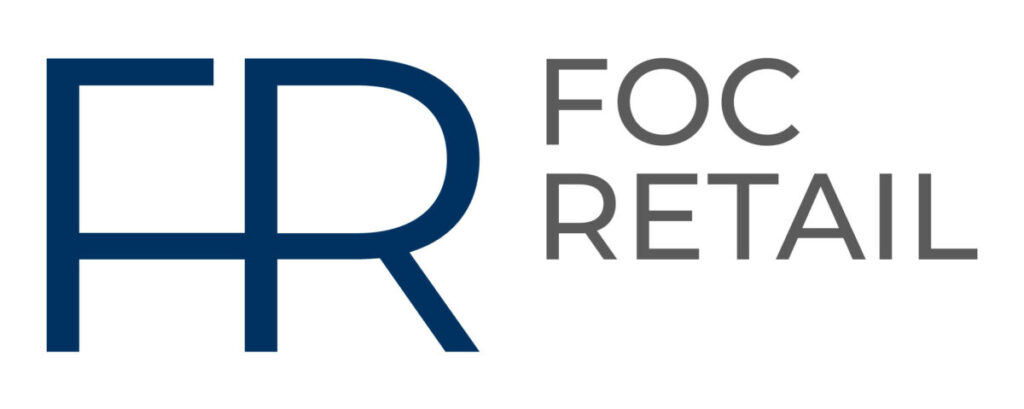
Together with Outlet Evolution Services, FOC Retail Service is developing the first outlet village for Slovenia, close to the Austrian border. FOC Retail Service GmbH was founded in 2018 as a consulting and center management company specializing in the conception, development, and marketing of outlet and shopping centers. FOC Retail and its partners are responsible for every project phase, from site development to operational management, including leasing, marketing, tenant support, facilities, and finance.
ACROSS: What gap do smaller locations close in the market?
LUNGKOFLER: I would not say that they fill a gap, but rather occupy locations considered to have much greater development potential but were deliberately kept “small” due to the complicated approval procedures influenced by economic policy to protect local retailers. As we can see today, it is not the retail locations in the tourist regions or along the freeways that are putting pressure on offline retail.
It is principally the changed purchasing behavior of end consumers and the mostly less profitable online trade.
ACROSS: Who is your target group?
LUNGKOFLER: All locations are situated in the high-spending tourist areas of the Alps and the foothills of the Alps, along busy north-south traffic routes like the A8 in Germany and the A10 in Austria. In addition to tourists and the numerous transit travelers, the outlets also cater to several hundred thousand local customers who like to shop for top-quality discounted products.
ACROSS: What does a comparatively small location mean for the brand mix?
LUNGKOFLER: Operators tend to focus on core product ranges at a smaller location. In the case of our outlets, this is sports, casual, and outdoor – this applies in particular to the Eben Outlet location in Pongau. In Felden am Chiemsee, the focus is on men’s and women’s fashion. A third focus is a mix of brands that cover the needs of the tourists and consumers from a particular local catchment area, such as shoes and textiles or, for example, biking and traditional costume fashion, of which our Hammerau hybrid location is a good example.
ACROSS: For which brands/segments is a small location particularly interesting?
LUNGKOFLER: Essentially, for all internationally known brands with an anchor tenant function in the established outlet centers, but also for those brands that fit into the tourist environment due to the respective location. These are sports and outdoor brands such as Nike, Puma, Adidas, Salewa, Jack Wolfskin or Mammut. But nationally and internationally known casual and denim fashion brands such as Mustang, Tom Tailor, Esprit, and Only also attract visitors.
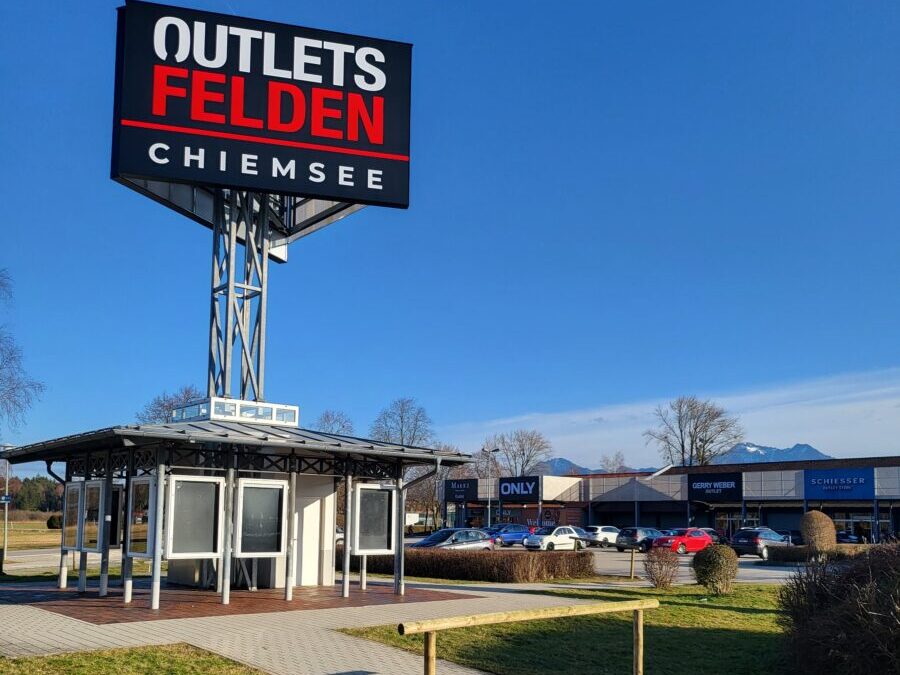
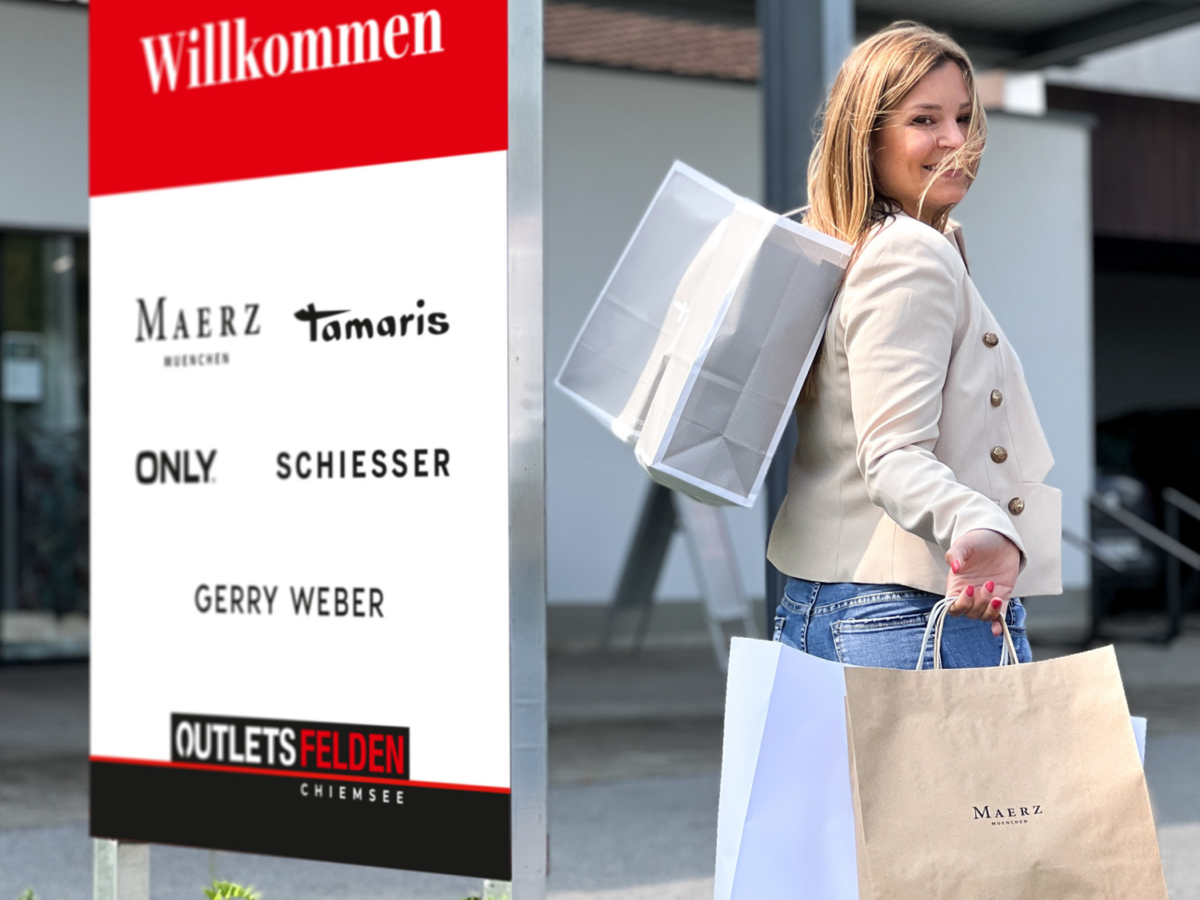
ACROSS: What feedback do you receive from the brand partners about the attractiveness?
LUNGKOFLER: To a large extent, the brand operators at small outlet locations partly are more successful than at many centres with 100 or more stores with a total centre GLA over 10,000 sq m of rental space, not only in terms of sales performance but also in terms of margins as a result of lower rental costs, marketing & service charges. In our outlets, we notice increasing visitor and sales figures every year, the brand awareness of all our outlets is continuously growing. This results from the center- & tourism marketing concept initiated by FOC Retail Service to relaunch the outlets within the catchment area. In addition, the landlords are investing in refurbishing the locations every year and are creating new infrastructure, such as e-charging stations or lounge areas, to extend the duration of stay. Our leasing partners greatly appreciate all of this. Firmly, it would be also possible to establish food in addition to the textile assortment.
ACROSS: What is the catchment area of the marketing activity?
LUNGKOFLER: The catchment is geared towards the tourist environment (30–60 minutes drive), the local population (45 minutes drive), and the traffic on the adjacent highways. The operator, FOC Retail Service, uses similar channels to most outlet operators, offline and online, as well as its own CRM system and individual initiatives. Due to customers’ strong use of online and social media channels, we have an increased online presence. In contrast to pure online retail, we have to balance online and offline and convert customers into “offline” visitors.
ACROSS: F&B and leisure have become increasingly important in the outlet industry, especially recently. How can this trend be implemented in a small location?
LUNGKOFLER: There are currently no restaurants in the outlets. This is not so much because it is undesirable or unsuccessful but because it is part of the development concept for the coming years. In terms of construction, the development of gastronomic units would be possible, and a suitable concept is being worked on. Concerning “Leisure,” it is essential to mention that the outlets are linked to the surrounding touristic attractions. In the case of Felden am Chiemsee, Hammerau, or Eben, a wide range of summer and winter sports and leisure activities are offered. The outlets are part of the regional tourist brands and are therefore marketed accordingly as part of the overall touristic offers.

